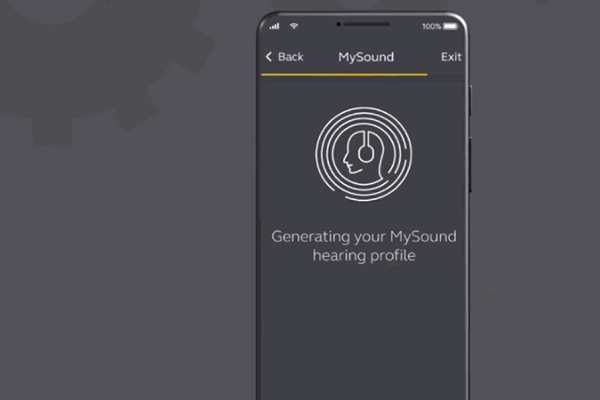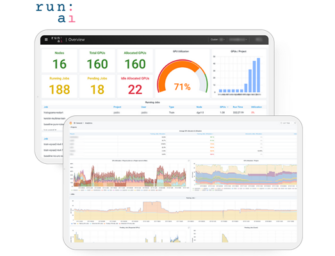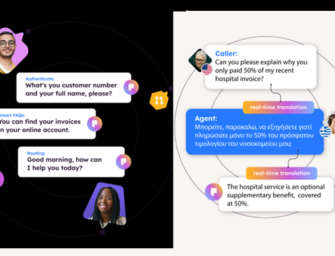Jabra Adds Hearing Test to Earbuds for Personalized Listening Experience
 Jabra has created an audio test that lets those wearing its Elite 75t wireless earbuds create a customized sound profile for themselves. The new MySound feature is part of a larger update to the company’s Sound Plus mobile app.
Jabra has created an audio test that lets those wearing its Elite 75t wireless earbuds create a customized sound profile for themselves. The new MySound feature is part of a larger update to the company’s Sound Plus mobile app.
Hearing MySound
MySound starts with a short hearing test, examining how well each ear can hear different tones. The user taps the phone screen when it becomes audible to them. The hearing test is an outgrowth of GN Group, Jabra’s parent company, which has created hearing aids before. The actual results of the test aren’t shown, but the EQ of the earbuds is adjusted automatically based on your results to provide better sound quality for your particular hearing abilities. How much that will actually impact the listening experience will likely vary depending on an individual’s hearing prowess.
Along with the customized sound setup, the update allows users to adjust what tapping the buttons on the earbuds do. The app lets people define what a single, double, or triple press does for each earbud. They can be set to jump ahead or back a song, play, and pause, switch the hear-through mode on or off and activate whichever voice assistant you choose to use, among other tasks.
Customizing Hearing
The hearing test for personalized sound fits with the way Jabra pitches the earbuds, which are on the higher end of the luxury spectrum. Jabra picked the shape of the earbuds using 3D scans of thousands of ears so that people would be comfortable wearing them. While smaller than their previous iteration, each bud fits four microphones and can control Amazon Alexa, Apple Siri, or Google Assistant depending on the preference of the user and the smartphone they connect to with the hearables.
Software that can customize hearables like this is going to be crucial for Jabra, and its competitors as the foundation of audio technology become cheaper and more widely available. The recent release of two new Qualcomm chipsets demonstrated that some of the features that make Apples’ AirPods leaders in the space might become more widely available. Elements like hybrid active noise cancellation, rapid switch between mono and stereo sound, and improved battery life combined with always-on voice assistants may soon be as standard as volume controls. Though economic projections for this year are in some turmoil, there’s reason to think wearables, especially hearables, will be a growth industry. Late last year, Gartner estimated that consumers would spend $52 billion on wearable technology, including hearables, in 2020, and IDC has calculated that hearables make up almost half the volume of all wearables. Premium software and unique options like sheepskin may end up being the deciding factor in what hearables people purchase.
Follow @voicebotai Follow @erichschwartz
Qualcomm’s New Hearables Tech Could Boost AirPod Competition
Montblanc Debuts $600 Sheepskin Smart Headphones with a Google Assistant Button








